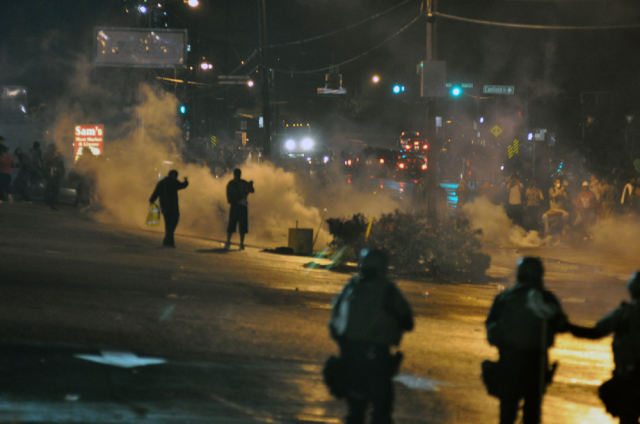
Relative calm seems to have been restored in the St. Louis suburb of Ferguson, Mo, where the death of Michael Brown, an unarmed 18-year-old black male shot by a white police officer, sparked nearly two weeks of fierce protest and rioting. But the underlying racial and economic tensions in the community that helped create such a powder keg have not gone away. And with increasing poverty in a growing number of suburban communities across the country -- including several in the Bay Area -- Ferguson's issues certainly aren't unique.
Changing demographics
Ferguson separated from St. Louis at the end of the 19th Century, and has been, for most of its existence, an almost elusively white enclave. But as an increasing number of black families moved away from St. Louis in the latter decades of the 20th Century, the community's demographics changed dramatically; between 1990 and 2010, the black population increased by more than 42 percent while the number of whites decreased by nearly. Today, more than two-thirds of Ferguson's roughly 21,000 residents are black.
Rising unemployment and poverty
But as Ferguson's black population increased, so too did rates of unemployment and poverty. According to a Brookings Institution analysis of U.S. Census data, the city's unemployment rate rose from less than 5 percent in 2000 to more than 13 percent in 2010-12. And for those who were employed, inflation-adjusted earnings fell by one-third. As a result, the rate of poverty nearly doubled, with almost one in four residents living below the federal poverty line ($23,492 for a family of four in 2012).